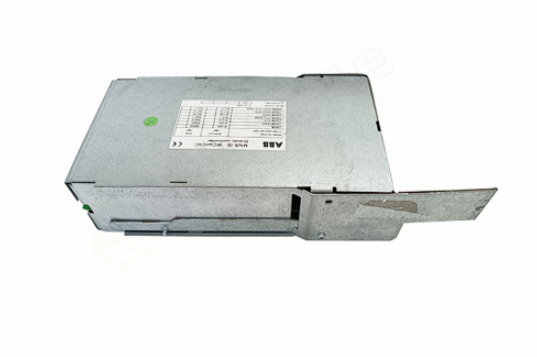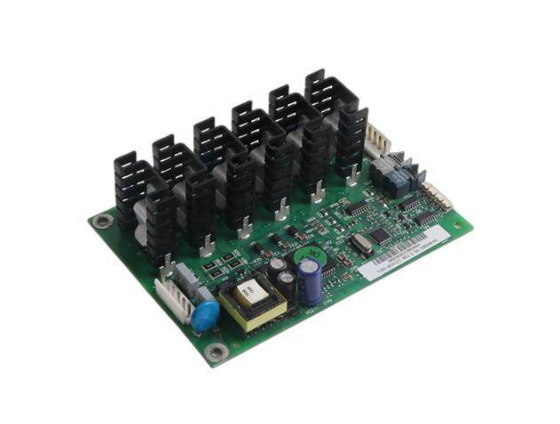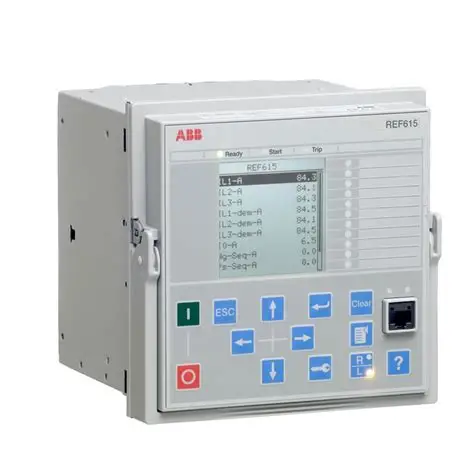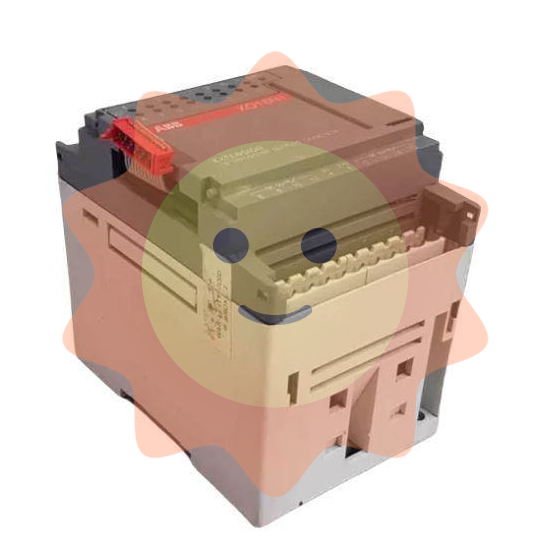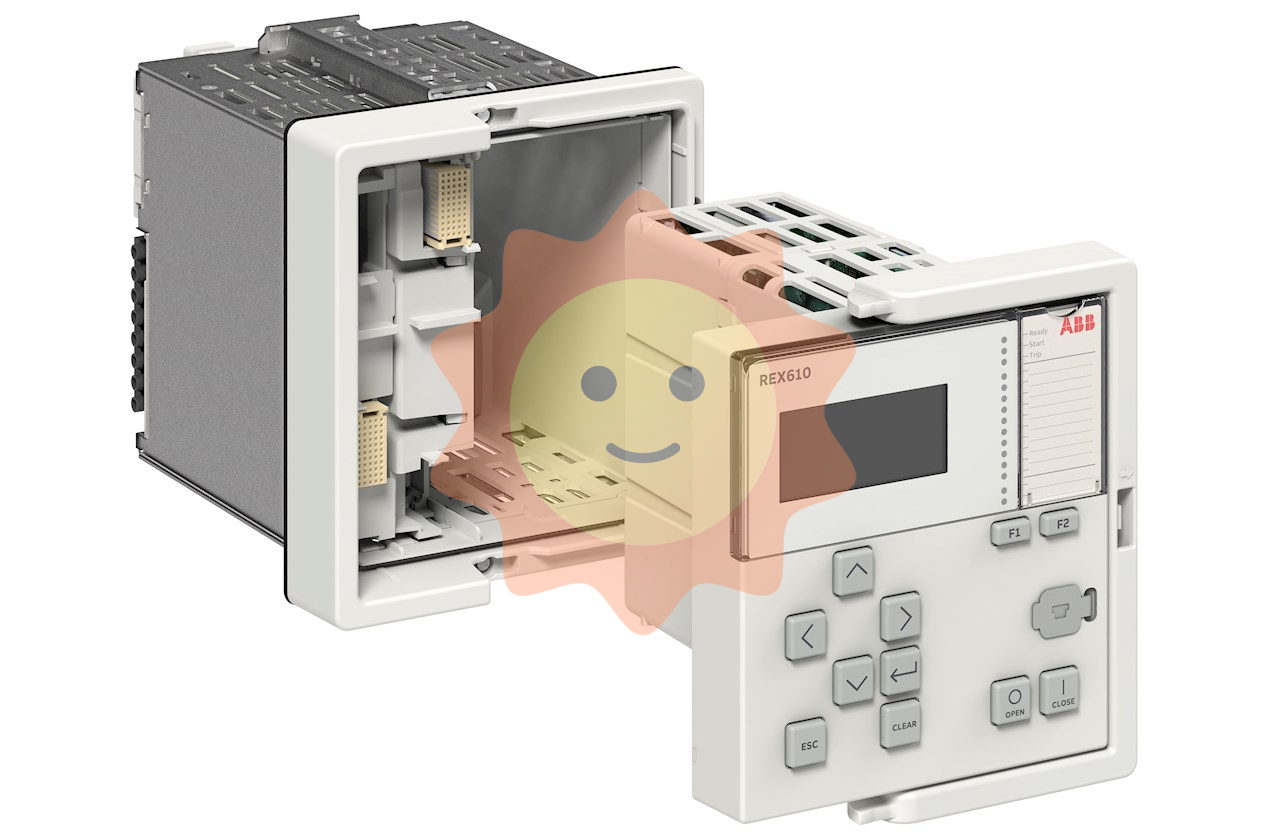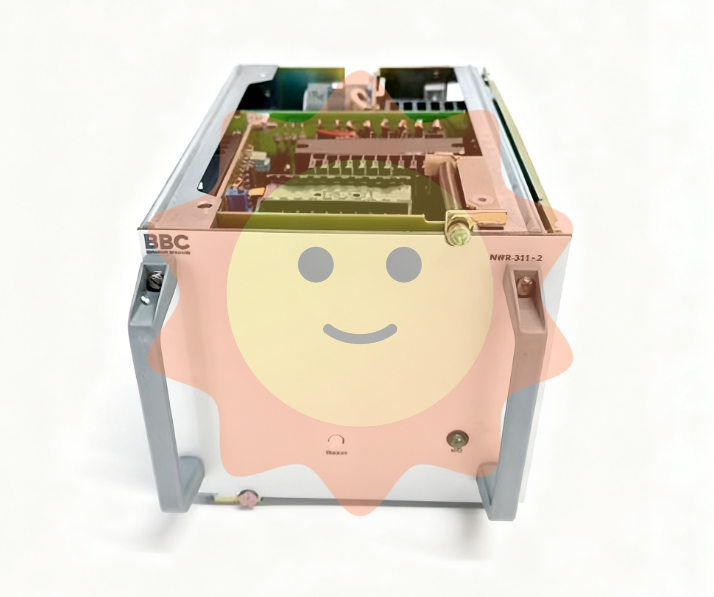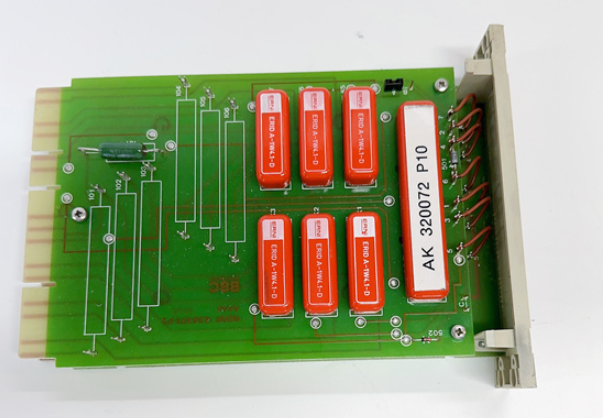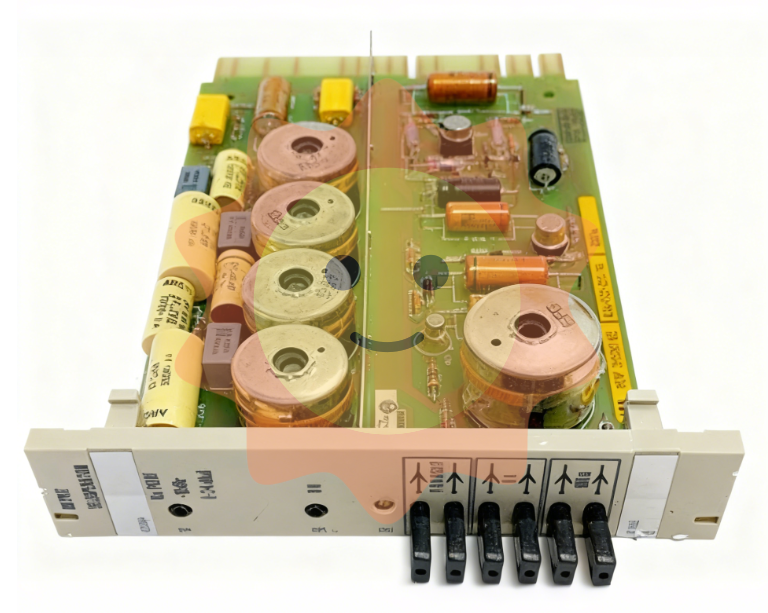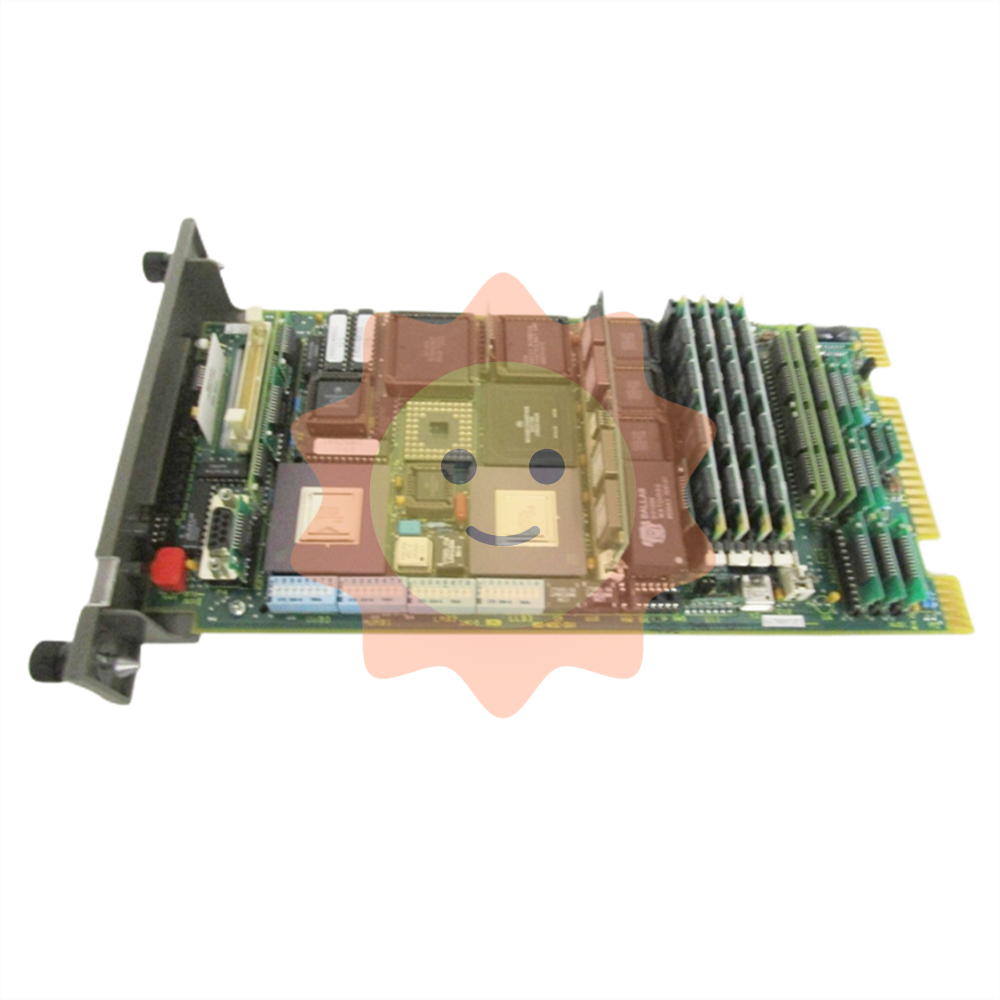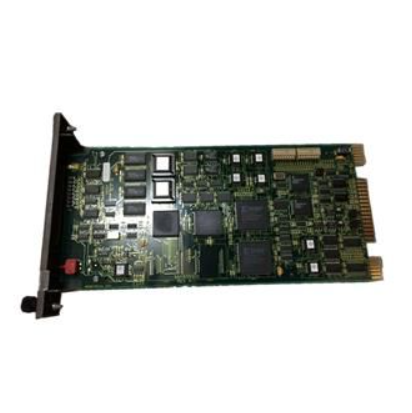Electric energy "generation, transmission, change, distribution, use" five links
I. Power generation
Overview of power generation
Power generation refers to the production process of converting water energy, fossil fuel (coal, oil, natural gas) heat energy, nuclear energy, solar energy, wind energy, geothermal energy, ocean energy, etc. into electric energy through power generation. It is used to supply the needs of various departments of the national economy and people's life.
2. Power generation type
Power generation power plants are divided into thermal power plants, hydroelectric power plants, nuclear power plants and other energy power plants according to the type of energy.
① Thermal power:
The use of coal, oil and natural gas and other fossil fuel energy generation is collectively referred to as thermal power generation: according to the power generation method, thermal power generation is divided into coal-fired steam turbine power generation, fuel turbine power generation, gas-steam combined cycle power generation and internal combustion engine power generation. Thermal power generation is now the main force of power development, in the present harmonious society, circular economy environment, we should focus on the direction of improving thermal power technology to consider the impact of electricity on the environment, the impact on non-renewable energy, although now in China has some nuclear power units, but thermal power still occupies most of the power market

② Water and electricity:
Hydropower is a comprehensive engineering facility that converts water energy into electric energy: generally including reservoirs formed by water retention and drainage buildings and hydropower station diversion system, power plant, mechanical and electrical equipment, etc. : The high water level of the reservoir flows into the plant through the diversion system to promote the hydropower turbine generator set to generate electric energy, and then input into the grid through the boost transformer, switch station and transmission line.
③ Wind power:
Wind power is the use of wind to drive windmill blade rotation, and then through the speed of the acceleration machine to increase the speed of rotation, to promote the generator to generate electricity. Based on current windmill technology, a breeze speed (the degree of breeze) of about three kilometers per second can start generating electricity.
Wind power generation is one of the most mature and large-scale power generation methods in the field of new energy, and the development of commercial development prospects. The development of wind power is of great significance to ensure energy security, adjust the energy structure, reduce environmental pollution, and achieve sustainable development.
④ Nuclear power:
Nuclear power plant is a new type of power station that uses the energy contained in the nucleus to produce electricity. Nuclear power plants can be divided into two parts: one is the nuclear island that uses nuclear energy to produce steam, including the reactor unit and the primary circuit system; the other is the conventional island that uses steam to generate power, including the turbogenerator system.
China's nuclear industry has been more than 40 years of development history, established from geological investigation, mining to component processing, post-processing and other quite complete nuclear fuel cycle system, has built a variety of types of nuclear reactors and has many years of safety "management and operation experience, has a professional complete, excellent technical team. The construction and operation of nuclear power plants is a complex technology. "Our country is now able to design, build and operate its own nuclear power plants.
⑤ Other energy generation: In addition to the above types of power generation, there are other energy generation:
Biomass power generation: A power generation method in which humans use organisms that can produce strong bioelectricity, and collect, transform and utilize the bioelectricity generated by them.
Tidal power generation: Use the potential energy of the water formed by the rise and fall of the sea tide to generate electricity.
Solar thermal power generation: The use of sunlight or heat, converted into European electricity generation.

Ii. Power Transmission
1. Overview of transmission:
Transmission is the transmission of electrical energy. It and power transformation, distribution, electricity together, constitute the overall function of the power system: through the transmission, the distant (up to thousands of kilometers) power plants and load centers are linked, so that the development and utilization of electric energy beyond the geographical restrictions, and other energy transmission (such as coal, oil, etc.) compared with the transmission of small loss, high efficiency, flexible and convenient, easy to control, less environmental pollution: Transmission can also connect power plants in different locations for peak and valley regulation. Transmission is an important embodiment of the superiority of electric energy utilization, and it is an important energy artery in modern society.
2. Transmission line composition:
Compared with the substation equipment, the transmission line is relatively simple, and its composition is also relatively simple. According to the equipment status maintenance, the transmission line is mainly divided into 7 units and 1 environment, the 7 units are poles, ground wires, insulators, fittings, pole and tower foundation, grounding devices, ancillary facilities, an environment refers to the channel environment.
3. Transmission types:
According to the nature of transmission current, transmission is divided into AC transmission and DC transmission. The first successful implementation of direct current power transmission was in the 1880s. However, because the voltage of DC transmission was difficult to continue to improve under the technical conditions at that time, the transmission capacity and benefits were limited. At the end of the 19th century, DC power transmission was gradually replaced by AC power transmission. The success of transmission ushered in a new era of electrified society in the 20th century. At present, three-phase AC power transmission is widely used, and the frequency is 50 Hertz (or 60 Hertz). Since the 1960s, DC power transmission has been developed, which is combined with AC power transmission to form a hybrid AC-DC power system
4, transmission voltage level:
The level of transmission voltage is the main symbol of the development level of transmission technology. The main voltage levels of China's transmission lines are:
Generally speaking, the larger the power capacity, the higher the voltage level used by the line. The use of ultra-high voltage transmission can effectively reduce line loss, reduce line unit cost, occupy less arable land, make full use of line corridors, reduce power loss on transmission lines and line impedance voltage drop reasons: P=U*I
According to the above formula, under the premise of constant power, increasing voltage can reduce the current, thus reducing the heat loss of the transmission line.

Third, power transformation
1, substation overview:
Substation is the power system. The rated voltage of the generator in the power system is generally below (15 ~ 20) kV by a process in which the voltage is changed from low grade to high grade (boost) or from high grade to low grade (buck) through a certain device. Commonly used transmission voltage levels are 765 kV, 500 kV, 220-110 kV, 35-60 kV, etc. Distribution voltage levels are 35-60 kV, 3-10 kV, etc. The electrical appliances of the electricity department have high-voltage electrical equipment with a rated voltage of 3 to 15 kV and low-voltage electrical equipment such as 110 volts, 220 volts, 380 volts, etc., and want to connect the different voltages to form a whole need to pass the power transformation.
2, substation classification:
There are two kinds of variable pressure: pressure boost and pressure drop:
1) Boost the pressure
In the power system, the power plant converts the natural primary energy into electricity and sends electricity to distant power users. In order to reduce the power loss and line impedance voltage drop on the transmission line, the voltage needs to be increased.
2) Reduce blood pressure
In order to meet the safety of power users, the voltage should be reduced and distributed to each user.
3. Principle of transformer parts
Transformer is the main component to achieve power transformation, its main principle is the principle of electromagnetic induction, when the transformer once apply AC voltage UI, the current flowing through the primary winding is I1, then the current will produce alternating magnetic flux in the core, so that the primary winding and secondary winding electromagnetic contact, according to the principle of electromagnetic induction, alternating magnetic through the two windings will induce electromotive force, Its size is proportional to the number of winding turns and the maximum value of the main pass, the side with more winding turns is high voltage, and the side with fewer winding turns is low voltage, when the secondary side of the transformer is open, that is, when the transformer is no-load, the secondary terminal voltage is proportional to the number of turns of the primary and secondary winding, and the transformer plays the purpose of transforming the voltage.
4. Substation - Substation
Substation is the place where the voltage and current of electric energy are transformed, concentrated and distributed in the power system. It is the intermediate link between the power plant and the power user, and the power grid of various voltage levels is connected through the substation. In order to ensure the quality of electric energy and the safety of equipment, voltage adjustment, power flow control (the flow direction and distribution of voltage, current and power in each node and branch of the power system) and protection of transmission and distribution lines and main electrical equipment are also needed in the substation.

Iv. Power Distribution
Distribution overview
Distribution refers to the network that plays the role of energy distribution in the power network. Usually refers to the low-voltage side of the secondary step-down transformer in the power system directly or after the step-down user power supply network, it is directly connected with the user in the power system and the distribution of electric energy to the user.
2. Distribution network composition
The distribution system consists of a distribution substation (which usually reduces the transmission voltage of the grid to the distribution voltage), a high-voltage distribution line (that is, a voltage above 1 kV), a distribution transformer, a low-voltage distribution line (a voltage below 1 kV), and the corresponding control and protection equipment.
3. Distribution network classification
Distribution according to voltage is generally divided into high voltage distribution, medium voltage distribution and low voltage distribution:
High voltage distribution voltage: 35KV, 63KV, also known as local power network;
Medium voltage distribution voltage: 10kv:
Low voltage distribution voltage: 380/220v
Distribution is divided into urban distribution network, rural distribution network and factory distribution network according to power supply area:
Urban distribution network: provides urban residents with work and life, and the load is relatively concentrated
Rural distribution network: provide electricity for agricultural production and normal rural life. Large power supply radius
Factory distribution network: provides the electric energy required for the production of industrial bases, and the load is large
Power distribution is divided into AC power supply mode and DC power supply mode according to the power supply mode:
Ac power supply mode:
Three-phase three-wire system: divided into triangular wiring (for high voltage distribution, three-phase 220 volt motor and lighting) and star wiring (for high voltage distribution, three-phase 380 volt motor)
Three-phase four-wire system: for 380/220 volts low-voltage power and lighting mixed distribution.
Three-phase two-wire one-place system: mostly used in rural power distribution.
Three-phase single-wire system: commonly used for electric railway traction power supply.
Single-phase two-wire system: mainly residential electricity.
Dc power supply mode:
Second-line system: used for urban trolleybus, subway locomotive, mine traction locomotive and other power supply;
Three-wire system: supply power plants, substations, distribution stations for their own use and secondary equipment electricity, electrolysis and electroplating electricity.

5, the main indicators of the distribution network
The distribution network mainly has the following four indicators:
Power supply reliability: Power supply reliability refers to the reliability of continuous power supply to users.
Network loss rate: The network loss rate can be defined as the ratio of the amount of energy lost by the power network to the total power supply, usually expressed in percentage.
Voltage fluctuation and voltage flicker: Voltage fluctuation refers to the rapid change of the grid voltage or the periodic change of the voltage envelope first. Voltage flicker refers to the main feeling of the human eye to the lamp flicker, causing the lamp flicker fluctuation voltage, called flicker voltage.
Voltage pass rate: The voltage pass rate refers to the percentage of the voltage pass time of a certain point in the power system in the total time within the statistical time.
Development of distribution network
The high and middle voltage distribution network is developing into a grid
Closed-loop operation
Big change of relay protection configuration
Ac scheme and light DC scheme of the grid
Superconducting of AC grid
Power flow controller is widely used
6. Power distribution
The main functions of the distribution network are as follows:
1) The main function of the distribution network is to accept electric energy from the transmission network, and distribute it step by step or consume it locally, that is, reduce the high-voltage electric energy to the various voltages that make the operation suitable for the needs of users, and form a multi-level distribution network to supply power to various users.
2), 10kv and below distribution lines for the user power supply, responsible for the transmission and distribution of electrical energy tasks.

6. Electricity
Overview of electricity use
Electricity is the process of consuming electricity through electrical appliances, is the final node of the power link, daily life is everywhere with electricity links: fluorescent lamps, computers, air conditioners, washing machines, industrial machines.
2, electricity classification
Electricity is mainly divided into four categories according to the load:
Urban electricity consumption: household appliances for urban residents, which has an annual growth trend, as well as obvious seasonal passive characteristics.
Rural electricity: electricity for rural residents and electricity for clothing production.
Commercial electricity consumption: lighting, air conditioning, power and other electricity consumption in the commercial sector covers a large area, and the growth of electricity consumption is stable, and the commercial load also has the characteristics of seasonal fluctuations.
Industrial electricity: industrial production of electricity, the proportion of general industrial electricity in the composition of electricity ranks first.
3, electricity feedback
Through the situation of electricity consumption, it can also guide the construction of power generation, transmission, transformation and distribution in the four links of the power system, so it can also be said that electricity is the first link of power "generation, transmission, change and distribution".
- EMERSON
- Honeywell
- CTI
- Rolls-Royce
- General Electric
- Woodward
- Yaskawa
- xYCOM
- Motorola
- Siemens
- Rockwell
- ABB
- B&R
- HIMA
- Construction site
- electricity
- Automobile market
- PLC
- DCS
- Motor drivers
- VSD
- Implications
- cement
- CO2
- CEM
- methane
- Artificial intelligence
- Titanic
- Solar energy
- Hydrogen fuel cell
- Hydrogen and fuel cells
- Hydrogen and oxygen fuel cells
- tyre
- Chemical fiber
- dynamo
- corpuscle
- Pulp and paper
- printing
- fossil
- FANUC
- Food and beverage
- Life science
- Sewage treatment
- Personal care
- electricity
- boats
- infrastructure
- Automobile industry
- metallurgy
- Nuclear power generation
- Geothermal power generation
- Water and wastewater
- Infrastructure construction
- Mine hazard
- steel
- papermaking
- Natural gas industry
- Infrastructure construction
- Power and energy
- Rubber and plastic
- Renewable energy
- pharmacy
- mining
- Plastic industry
- Schneider
- Kongsberg
- NI
- Wind energy
- International petroleum
- International new energy network
- gas
- WATLOW
- ProSoft
- SEW
- wind
- ADVANCED
- Reliance
- YOKOGAWA
- TRICONEX
- FOXBORO
- METSO
- MAN
- Advantest
- ADVANCED
- ALSTOM
- Control Wave
- AB
- AMAT
- STUDER
- KONGSBERG
- MOTOROLA
- DANAHER MOTION
- Bently
- Galil
- EATON
- MOLEX
- Triconex
- DEIF
- B&W
- ZYGO
- Aerotech
- DANFOSS
- KOLLMORGEN
- Beijer
- Endress+Hauser
- MOOG
- KB
- Moxa
- Rexroth


Email:wang@kongjiangauto.com

